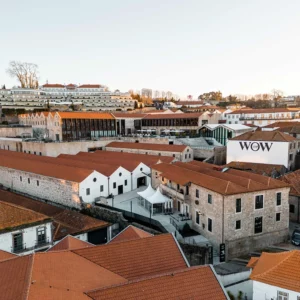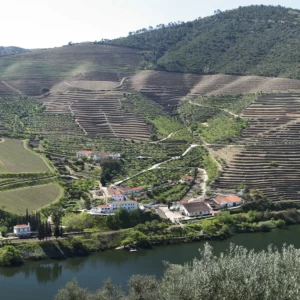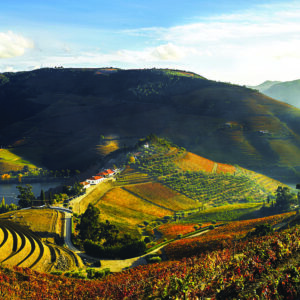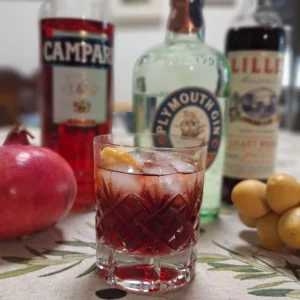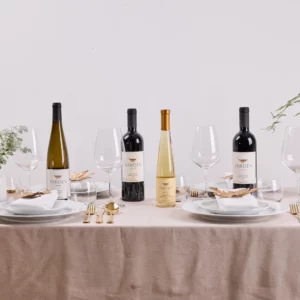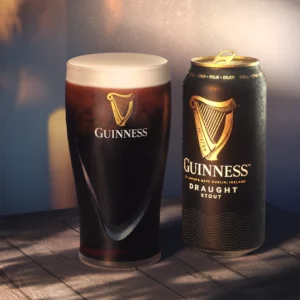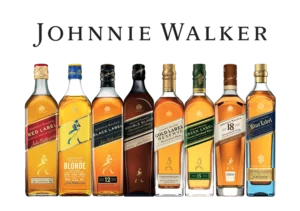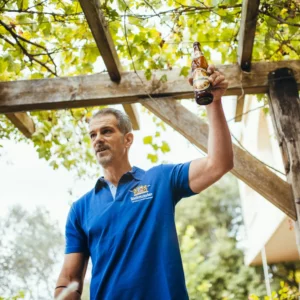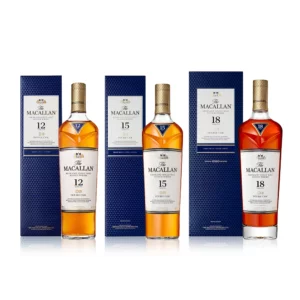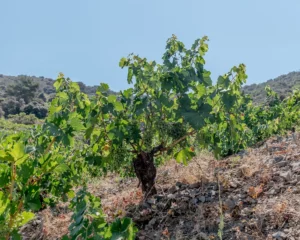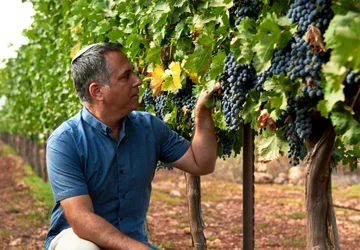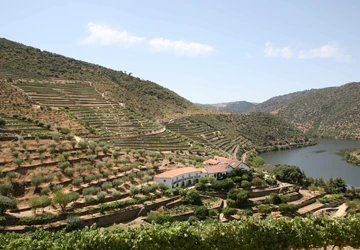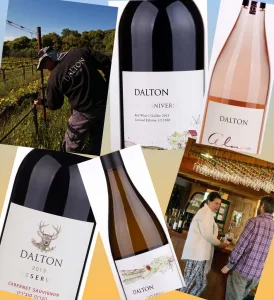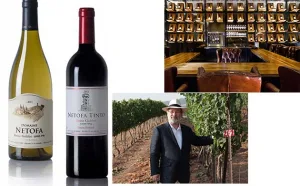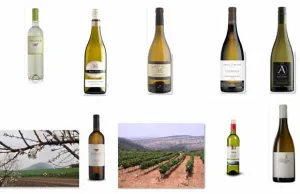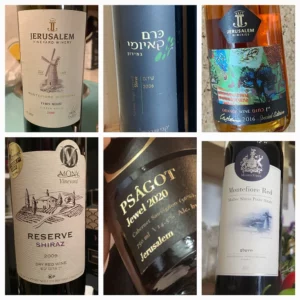This article appeared first time in the Jerusalem Post.
The Negev Desert in ancient times was a wine center of some repute. In the days of the First Temple, there was sparse Jewish populations there. As Jews have done throughout history, they also made wine. A pottery shard recently found at the military garrison of Tel Arad conveyed the important message “If there is wine, send quantity.” This was dated 2.600 years ago! Wine was needed for refreshment. It was in demand for the thirsty, as it was safer to drink than the water, which carried diseases. Wine had status, it was used for medicinal purposes, for dyeing, and it was a useful source of nutrients and calories. It was also a valuable currency. However, the peak of winemaking in the Negev was not at the hands of Jewish winemakers. It was the Nabateans who tamed the desert.
The Nabateans were Arab nomads who really opened the wine trade in the Negev during Roman times. Why in the Negev? Because that was where the Nabateans were free to roam unchallenged. Why wine? It was simply good business. Their settlements were strategically positioned along the Spice Route. Travelers, smugglers and traders were good customers. Vineyards were watered by storing water in cisterns and channeling it through terraces. Wine was made in rudimentary limestone basins where grapes were pressed (trodden on) and the juice fermented. The resulting wine was stored in cool caves in amphora, clay vessels with large handles and a pointed base. The wine trade became still more commercial with the Byzantines, who capitalized on the Nabateans initiative by creative large commercial wine presses. Remains of an advanced wine trade may still be seen at Avdat and Shifta.
David Ben-Gurion, Israel’s first prime minister, was painfully aware that half the country was desert and had a dream that Israel would make the dessert bloom and he backed this up by personal example. He had worked at Rishon Le Zion Cellars (Carmel) in 1907. Appropriately the first vineyard in the Negev in modern times was planted by Carmel adjacent to Tel Arad in 1988. I remember the interest in the first Merlot released from the 1992 vintage. Carmel sold their Negev wines under the brand name Ramat Arad.
Yatir Winery was founded in 2000 and their first wines were released in 2004. Most of the wines were from the high elevation Yatir Forest, the southern tip of the Judean Hills. Ben-Gurion had implored the experts to plant a forest at this meeting place between the Judean Hills, Judean Desert and Negev, to prevent expansion of the desert. The experts told him it was impossible, so Ben-Gurion retorted, \”Well, change the experts!\” The forest was planted in 1964 and today Yatir Forest is the largest planted forest in Israel, and it has proved to be a great wine growing terroir. An early Yatir Merlot and their Sauvignon Blanc came from the Ramat Arad vineyard. These days all Yatir wines are from the forest, but the winery is still situated in the Negev and it remains the quality winery of the southern Israel. No doubt its success drew attention to the Negev.
In the late 1990’s the first vineyard was planted in Mitzpe Ramon and in typical innovative Israeli fashion, brackish water was used from deep wells to irrigate the vines, along with treated sewage from the local army base. The first grapes were a symbol of what could be achieved. Most were swallowed up by Barkan Winery.
These days two wineries fly the flag: Ramat Negev Winery and Midbar Winery. Their names give a clue: ‘Ramat Negev’ (or Negev Highlands) is the high elevation part of the Negev where wine vineyards thrive and ‘Midbar’ is the Hebrew for desert. The Zadok family planted their first vineyard in 1996 in Kadesh Barnea and founded a winery in 2000. Their Ramat Negev Winery is today the largest winery pushing Negev wines. It is truly a family winery. Yogev, son of the founder, studied in Florence and is now the winemaker. My favorite wine of theirs is the Ramon Petit Verdot. The Midbar Winery is situated in Arad. ‘Wine in the desert is what we do’ is their slogan. They produce a very good Viognier.
In the early 2000’s some local farms and wineries created the first Negev wine route encouraging tourists to visit and enjoy the produce of this desert area.
Now there are new Mitzpe Ramon vineyards, source of the finest grapes from the Negev, where they grow wine, not just grapes. I decided to visit. There I was met by Eran Raz, thin and wiry with salt and pepper hair, and a determined jutting chin. He had experience working in Golan Heights vineyards and with the Ella Valley Winery, but got the urge to move to the desert. He walked the land, found a spot to plant his vineyard. He conquered the bureaucracy of the authorities, the hostility of his new Bedouin neighbors’ and the lack of essential facilities to support the vineyard. Water for instance. He ordered the vines before making provision for water with the zeal of someone who would not be denied and planted his vineyard in 2007. A combination of idealism, professionalism, almost missionary zeal and dogged determination saw him through. He had to divert water from a nearby community, watering at night so as not to bother and deprive others. He received complaints that people in the nearby guest house would occasionally be left covered in soap and unable rinse, unbeknown to them because their precious water was being used for a higher cause – to irrigate some parched vines.
Then he had to cope with some unsavory locals who did not like the fact that he was planting a vineyard ‘on their patch’. Raz had to sleep in the vineyard to protect the vines and equipment from being damaged or stolen. The deepest love affair between two people is usually honed by a shared experience. Probably the connection between this man and his vineyard was forged simply because they went through so much together. Or maybe it was the support of his wife Shahar, six children and dogs that enabled him to see it through.
When I arrived at Nahal Zin in Mitzpe Ramon I was confronted with a narrow green river of beautifully manicured vineyards. Eran Raz, showing unselfish leadership, has guided other families to also plant in the same strip. The carpet of green within the harsh brown sandy unforgiving desert will give you the chills. Today the 1,000 dunams of vineyards provide a pastoral scene, incongruous with the barren, arid backdrop and the military bases and firing ranges nearby.
Raz sells his grapes to wineries eager to purchase his fruit, but the best he keeps for his Nana Winery. ‘Nana’ was his nickname from when he was about ten years old. There is a slight disconnect between the raw authenticity of the place and the pretentious look of the bottles. However I particularly enjoyed the minerally flavorful Chenin Blanc with great acidity. The Syrah was average, but not that special. There is a sukkah by the vineyard for contemplating the view and absorbing the atmosphere with a glass in hand. Eran will say “I may not make the best wine in the world, but without doubt I make the best wine in the world to drink by this vineyard.” So profound and true. No doubt a wine tastes special in the winery it is made, but the experience is on a higher plain when you drink a wine in a vineyard where its grapes were grown! For this ultimate wine experience in a unique place, you have to visit, glass in hand.
The soil is mainly loess. The elevation is 800 meters above sea level. Temperatures very between baking hot days and very cold nights. There is no humidity and little other vegetation, so there is a lack of diseases and pests that attack vines. There are constant winds which funnel through the carpet of vineyards which aerates the vines. Most damage is caused by marauding camels, who eat a vine like a salad, down the roots causing irreparable damage. Sometimes the local Bedouin are careless about controlling their camels either to intimidate the farmers they see as intruders or simply because they just do not care.
Nir Shaham of the Soreq Winemaking School was the matchmaker. When I interviewed Nir a few years ago he told me about the unique Three Corners project initiated by Niv & Karen Benyehuda, making wine in California, Costa Rica and Israel. I hear many fantasies and dreams, but though I am always encouraging, I have learnt to be skeptical through experience.
I even left it out of the article I wrote. Now sure enough Three Corners has come to fruition and through Shaham, Eran Raz’s wine became the Israeli leg of this three legged horse. Now Niv is getting together with Eran to build a brand new state of the art winery. The world renowned Kerry Damskey from California, is the master winemaker, and Dana Berry, a protégé of his, will be the resident winemaker. As for Eran Raz, he will remain the viticulturist in this new dream team, and continue to do what is important for him, which is grow wine and care for his vineyard.
They say ‘Fortune Favors The Brave’ (which was my school moto, and it sounds even better in Latin!)
The new Nana Winery is now being built on the main road, however visitors will continue to be encouraged to make the effort to drive to the vineyards and taste amongst the vines. There you will find the essence of this wine trade: A person, a place and his wine.
Adam Montefiore has advanced Israeli wines for over 30 years. He is referred to as the English voice of Israeli wine. www.adammontefiore.com



